
CONTENTS
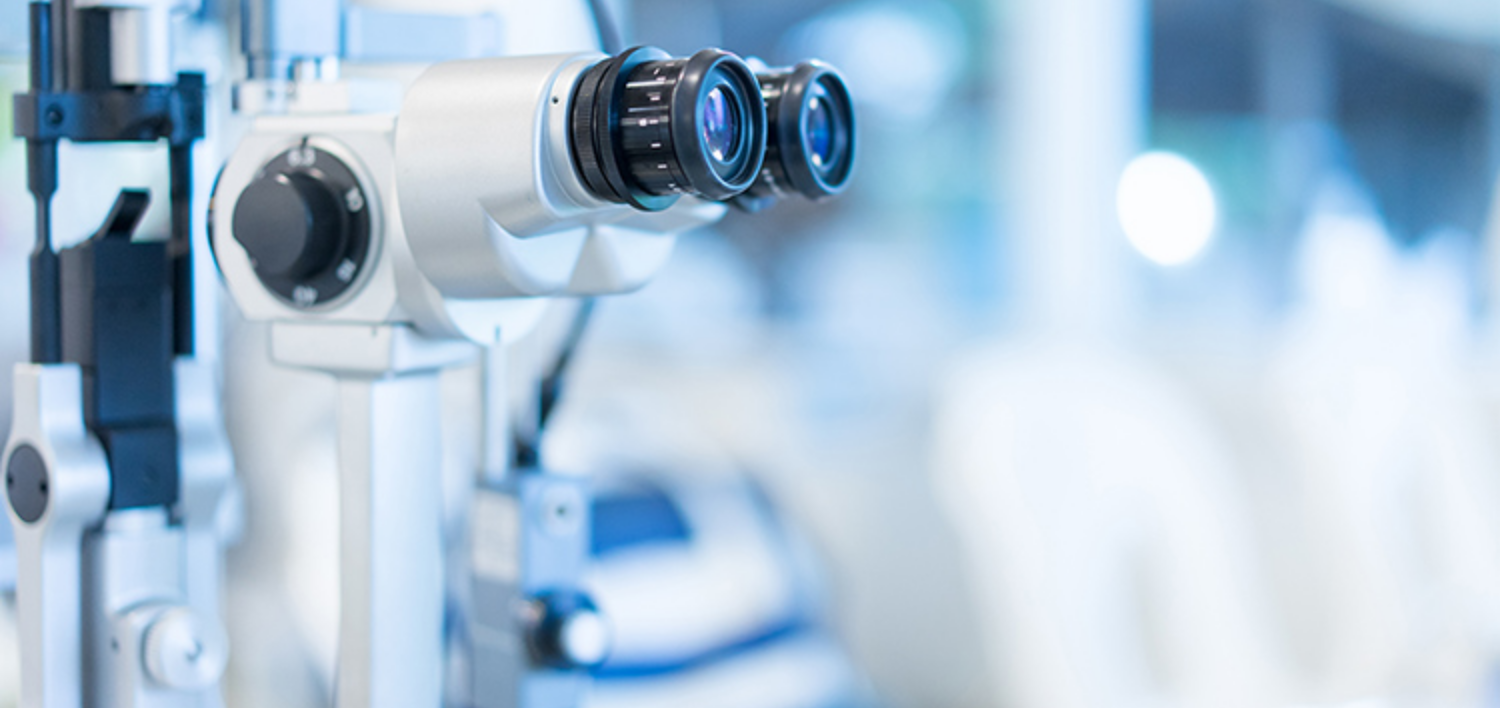
Ophthalmic Care We Provide
We treat various eye diseases such as corneal and conjunctival diseases, allergies, cataracts, glaucoma, and ocular fundus diseases. Please feel free to visit us if you have symptoms such as itchy, bloodshot, blurred vision, or discomfort in your eyes.
- Cataract
- Sty on the eyelids
- Dry eye
- Infectious conjunctivitis
- Eye floaters
- Strabismus
- Amblyopia
- Allergies
- Glaucoma
- Macular degeneration

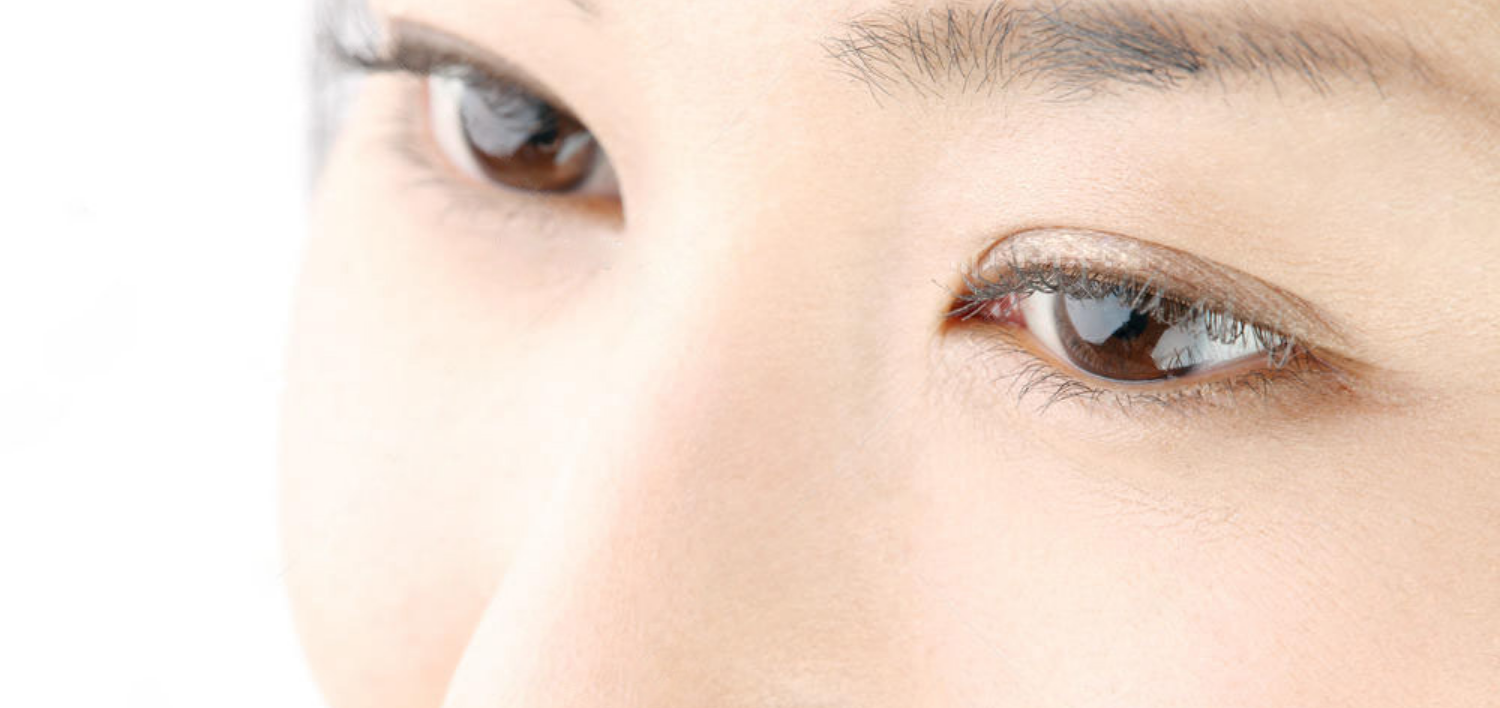
LASIK
LASIK" is the most widely performed refractive surgery in the world, using a laser to remove a portion of the cornea to correct myopia and astigmatism. We have already performed more than 6,000 surgeries.


Orthokeratology (Ortho K)
This is a non-surgical myopia treatment method that allows patients to wear special contact lenses while they sleep, allowing them to use their naked eyes during the day. It is also expected to inhibit the progression of myopia.

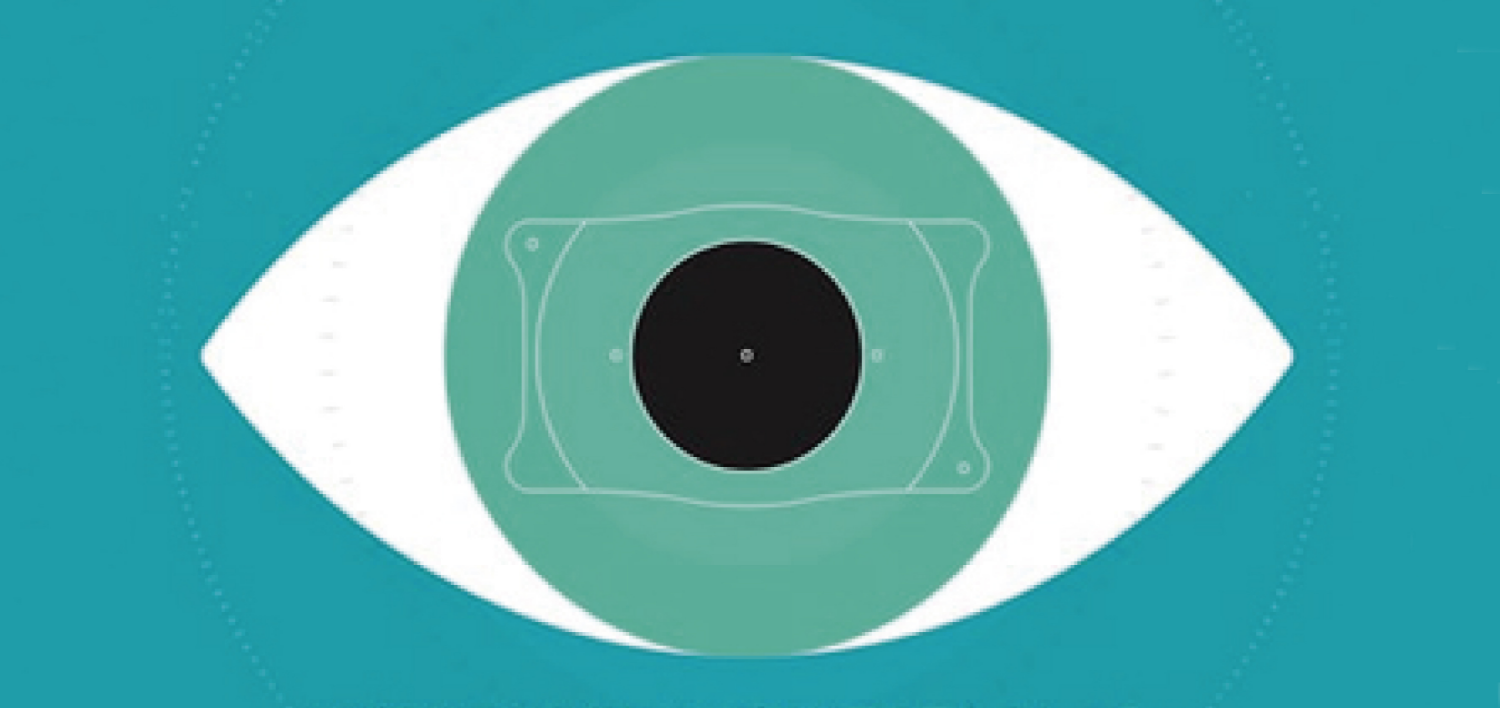
Phakic IOLs (ICL(EVO)/IPCL)
Intraocular contact lens therapy is a treatment in which a lens is placed inside the eye to correct vision. It is sometimes referred to as ICL treatment, short for Implantable Contact Lens, or as phakic IOL (Intraocular Lens) treatment.

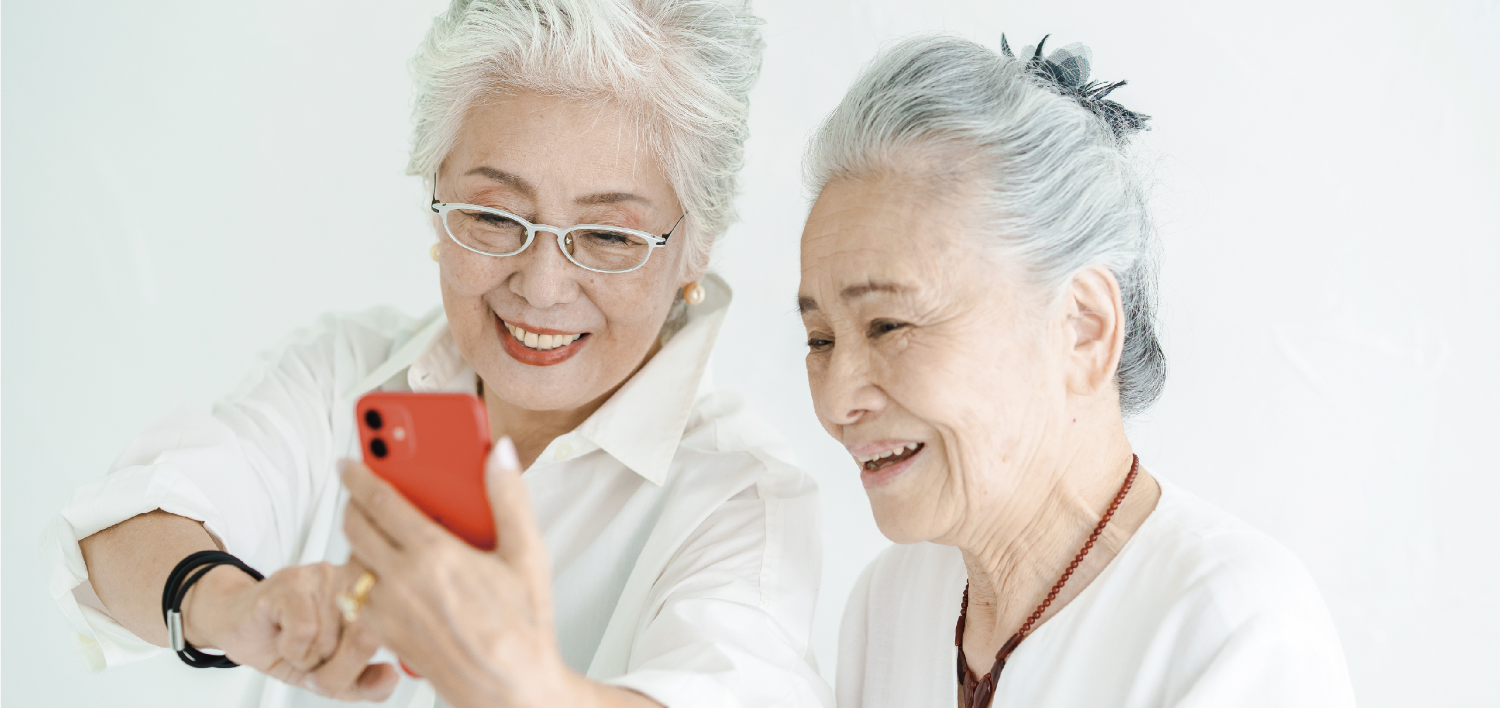
Cataract Surgery
A cataract is a condition in which the lens in the eye becomes cloudy, making it difficult for light to reach the retina and making it difficult to see. It can be said that 90% of cataracts are caused by "aging," and that almost all people are affected by aging. Cataracts are painless, but symptoms such as blurred vision, dark vision, blurred vision, loss of vision, double- or triple vision, and glare from light can occur. These symptoms can be almost completely cured with appropriate treatment.

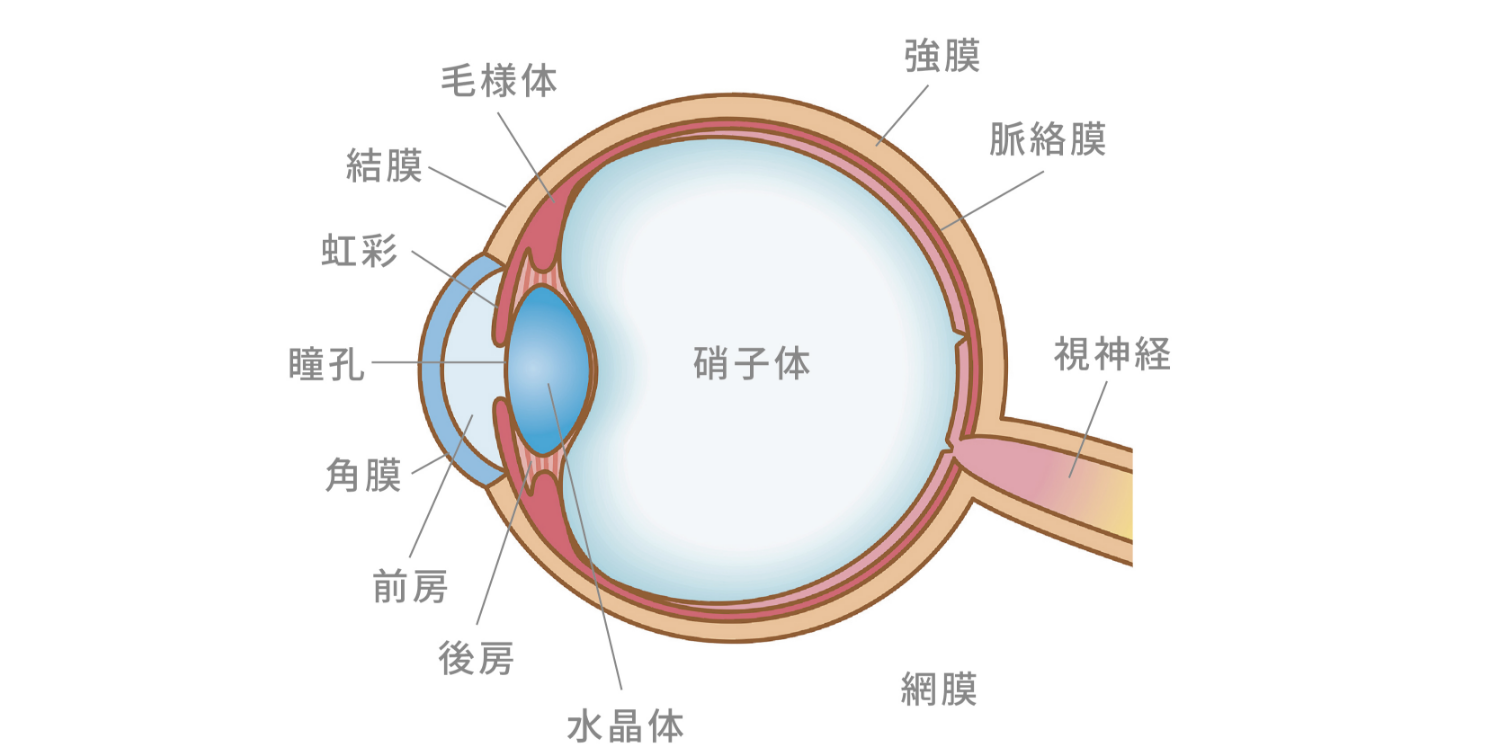
Vitreous/Retina
In recent years, the number of people who develop "age-related macular degeneration" has been increasing. Please come to our clinic if you have symptoms such as difficulty seeing the center of the visual field, objects appearing distorted, or vision loss.
What is the retina?
When we see, light passes through the cornea and enters the eye through the pupil. After being refracted by the lens, it passes through the vitreous and reaches the retina. At this point, the light stimulus perceived by the retina is transmitted to the brain via the optic nerve, where it is recognized as "visible. In other words, the retina plays a role similar to that of a film in a camera.
About the Vitreous Body that Protects the Eye
The vitreous body occupies a large portion of the inside of the eye and is made of a transparent gel. Its composition is 99% water. The main roles of the vitreous body are to maintain the shape of the eye and to protect the eye by absorbing external pressure and stimulation through its elasticity. It is also thought to replace blood vessels in supplying oxygen and nutrients and transporting waste products. When diseases occur in the retina or vitreous body, vision may be impaired, and in some cases, it may significantly inconvenience people's lives or even cause blindness. Early detection and treatment are sufficient to improve the condition, so we recommend that you see a doctor first if you notice any abnormality in your vision.
Diseases for which vitrectomy is indicated
Vitreous hemorrhage, vitreous opacity, macular opacity, macular hole, macular edema due to retinal regurgitation, diabetic retinopathy, etc., proliferative diabetic retinopathy, retinal detachment, etc.

Diseases for which vitrectomy is indicated
Vitreous hemorrhage, vitreous opacity, macular opacity, macular hole, macular edema due to retinal regurgitation, diabetic retinopathy, etc., proliferative diabetic retinopathy, retinal detachment, etc.

Pseudomyopia
Myopia in children can be true myopia or pseudomyopia. Pseudomyopia is a condition in which the child's ability to regulate his or her vision is temporarily paralyzed due to poor control. We recommend that you first investigate whether your child has true myopia or pseudomyopia, rather than immediately getting glasses just because he/she has difficulty seeing the letters on the blackboard at school.

Treatment of Pseudomyopia
The treatment is effective in alleviating the difficulty of seeing in the condition of pseudomyopia or near myopia. Pseudomyopia is thought to be a temporary myopia-like condition caused by abnormal tension in the ciliary body. Therefore, eye drops that relieve tension in the eye are used once a day before going to bed at night. Then, once a month, the patient comes for an outpatient visit to see a machine called a WAC to view an image that relieves tension in the eye for several minutes, after which the patient's visual acuity is measured. These tests and treatments do not cure actual myopia, so if the above tests and treatments are not sufficiently effective, or if you have true myopia, we recommend that you have glasses made.
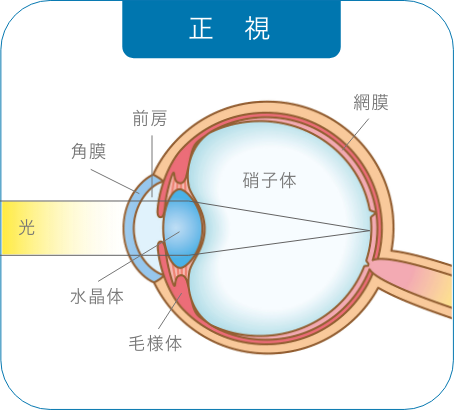
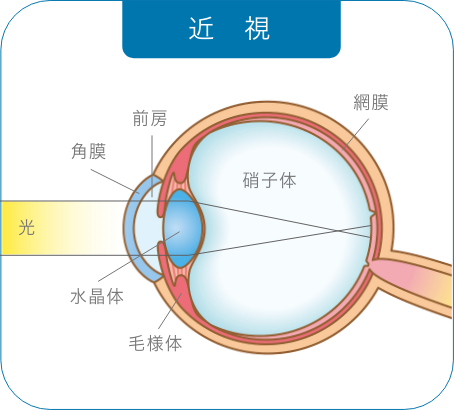
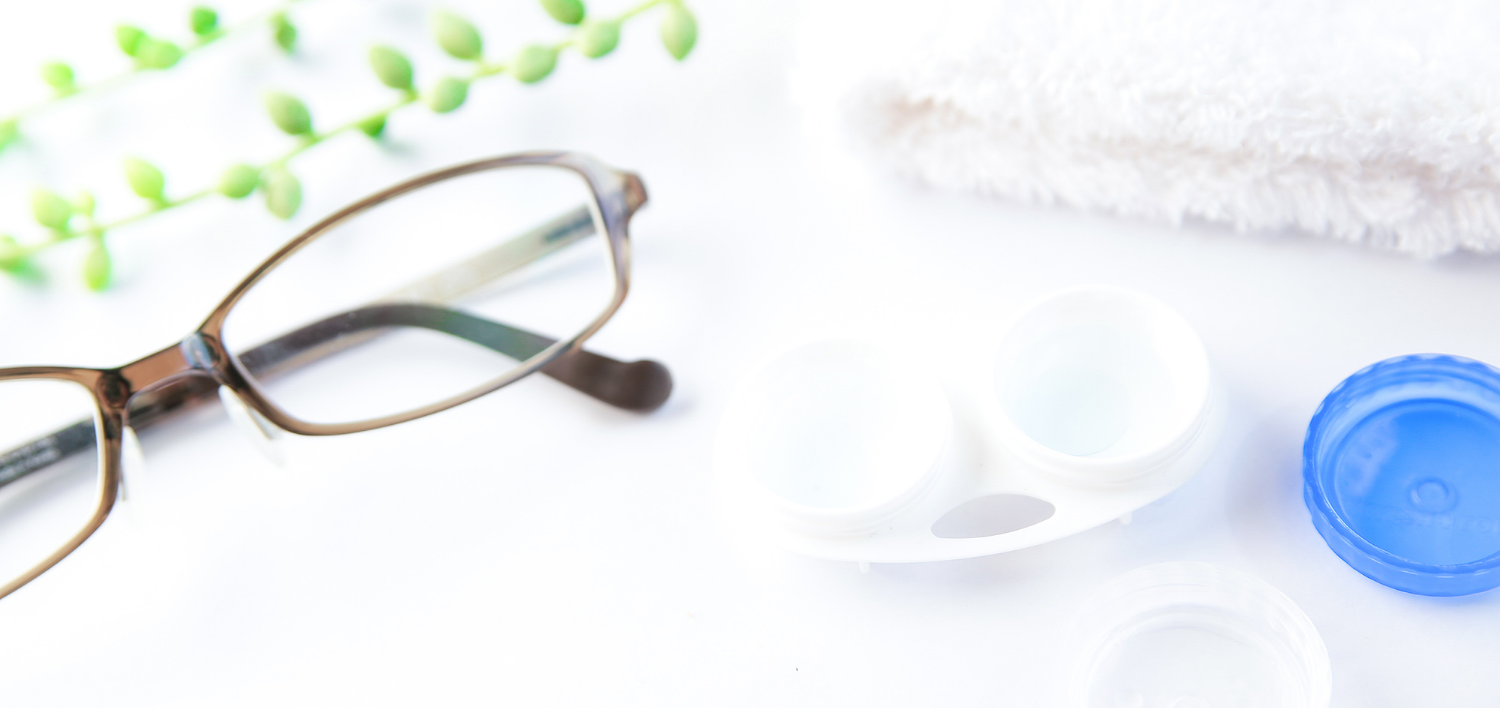
Contact Lenses and Eyeglasses Prescriptions
We prescribe hard, soft and disposable contact lenses and eyeglasses. We also offer a free trial of contact lenses, so please feel free to contact us.

Prescription


